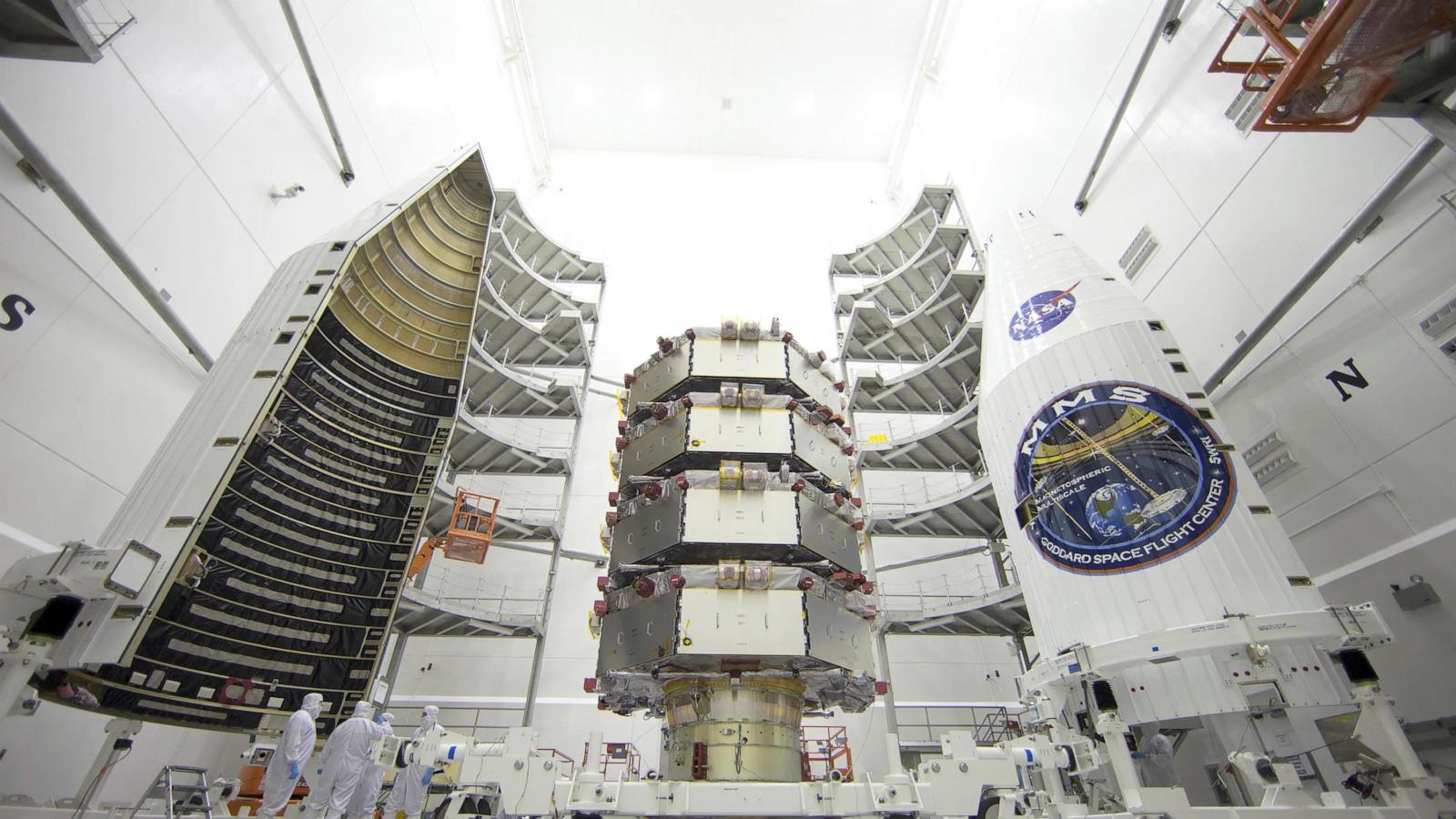Space Birds Chirping: Mysterious Chorus Waves Detected Far Beyond Earth
Get ready to have your mind blown! Scientists have made a groundbreaking discovery that's as strange as it is captivating: they've detected cosmic waves that sound eerily like birds chirping, but not just anywhere—from a whopping 62,000 miles away from Earth!
These aren't your average bird calls. We're talking about 'chorus waves,' bursts of plasma that ripple at frequencies within the range of human hearing. When transformed into audio signals, these space sounds remarkably resemble the high-pitched chirps and tweets of terrestrial birds. While similar chorus waves have been previously recorded closer to Earth, this new discovery stretches the boundaries of our understanding of space phenomena, hinting at possibilities once thought purely science fiction.
The Unexpected Chorus: A Symphony in Space
The detection of these far-reaching chorus waves is truly astonishing. This new discovery challenges what scientists thought they knew about how these waves are created, their extent and origin. Previous measurements recorded this chorus effect within Earth's radiation belts. However, this unexpected chirping soundscape was detected by NASA's Magnetospheric Multiscale (MMS) satellites much farther away from the Earth, specifically, over 62,000 miles away. This remarkable discovery signifies a huge leap forward in space exploration. This unexpected detection challenges current theories regarding chorus waves.
Unraveling the Mystery: How Do These Cosmic Chirps Form?
Scientists believe that Earth's magnetic field might play a role in these astonishing sonic occurrences. The chorus waves seem to originate from regions where this field undergoes significant stretching and deformation. What's truly fascinating is how the precise mechanism remains unknown. The new findings published in Nature have further complicated existing theories about the production of these fascinating waves and offer potential new areas for future research and analysis.
Exploring the Implications: Beyond Bird Songs
These chorus waves are far from being merely a space phenomenon of great interest to researchers. They have an important bearing on understanding the complex interactions of particles and magnetic fields that play such an integral part in our understanding of the cosmos and satellite communication. Previous observations made near planets like Jupiter and Saturn already proved their significance. But their discovery so far away, in this previously uncharted cosmic region is changing existing notions of what is known about the electromagnetic environment in near-Earth space. Additionally, these waves could have strong influences on high-energy electrons, posing a potential threat to satellite communications and other space-based technology. It means they are extremely powerful, among the most significant waves detected in space to date.
Beyond the Known: Future Research and Exploration
This discovery has only heightened scientists' curiosity and enthusiasm to explore this largely mysterious cosmic phenomena. Experts involved in the groundbreaking study clearly agree with the importance of further study in the area of electromagnetic processes in near-Earth space. They emphasize that a wide range of follow-up studies should be conducted. To delve deeper into the causes and far-reaching implications, more research will be essential. Many aspects remain yet unstudied, from the role that the sun’s magnetic field might play to the effects on Earth’s climate system. The fact that there is much we don't understand about it further fuels this quest for knowledge. Their captivating nature also invites further scrutiny by space physics researchers and scientists.
Take Away Points
- Scientists have discovered cosmic waves resembling bird chirps over 62,000 miles from Earth.
- These 'chorus waves' are bursts of plasma with a frequency audible to humans.
- The waves' origin remains unclear, though Earth's magnetic field may play a role.
- Their impact on space technology and even earth's climate system demands deeper investigation.









